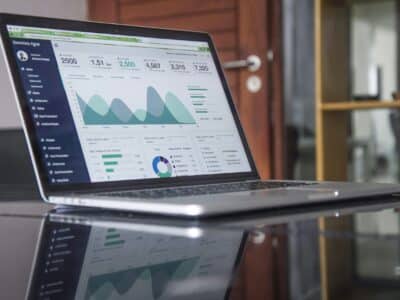I recently read a piece published on March 30, 2016 by the siliconangle.com web site questioning whether traditional business intelligence (BI) has reached its peak. It raised a couple of interesting points.
 Due to the recent “flattening of consumption of business intelligence” and the consolidation of BI players (via mergers and acquisitions, for example), some analysts are proposing that this signals BI has reached its peak. In an interview by siliconangle.com with Ian Andrews, VP of Products at Pivotal, Inc., Mr. Andrews explained that this implies the industry is just shifting customers among vendors and that we may be “hitting the peak platform for data.” He argues, however, that this is not the case and that “we’re just at the beginning from a platform perspective.” He further states that consumption of data is where it’s now at, with delivering “information in context.”
Due to the recent “flattening of consumption of business intelligence” and the consolidation of BI players (via mergers and acquisitions, for example), some analysts are proposing that this signals BI has reached its peak. In an interview by siliconangle.com with Ian Andrews, VP of Products at Pivotal, Inc., Mr. Andrews explained that this implies the industry is just shifting customers among vendors and that we may be “hitting the peak platform for data.” He argues, however, that this is not the case and that “we’re just at the beginning from a platform perspective.” He further states that consumption of data is where it’s now at, with delivering “information in context.”
I would agree with him that BI is shifting toward extracting the complexity out of analytics and pushing “information in context.” This means pushing out information to be consumed and used by any user in the organization, and embedding the relevant analytics into the daily applications that users use to complete daily workflow, so that business processes can be improved right when they need to be. We are shifting toward delivering the right information, right when users need it and right where they need it. Further, analytics are becoming critical to the more non-traditional stakeholders throughout the organization, switching from IT-led, system-of- record reporting to business-led analytics.
In my opinion, the recent self- service push in the analytics market has gone too far, and, while it has a role to play in the “information in context” model, it will not be the only way toward the “democratization” of analytics. Embedded BI and custom BI applications will be key components of “information in context.” The democratization of analytics will continue to be the focus in the organization, and BI has certainly not reached its peak. If anything, the opportunities for information in context are far and wide.
Click here for the full interview on siliconangle.com.



